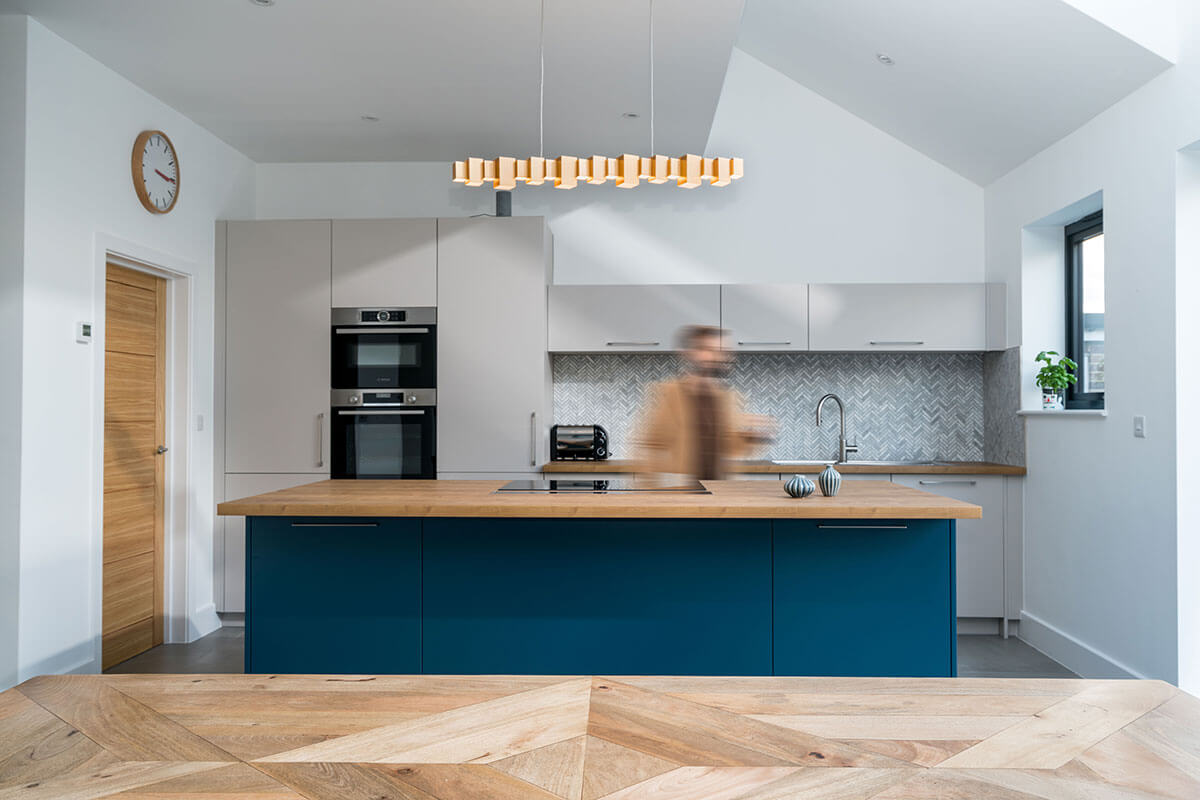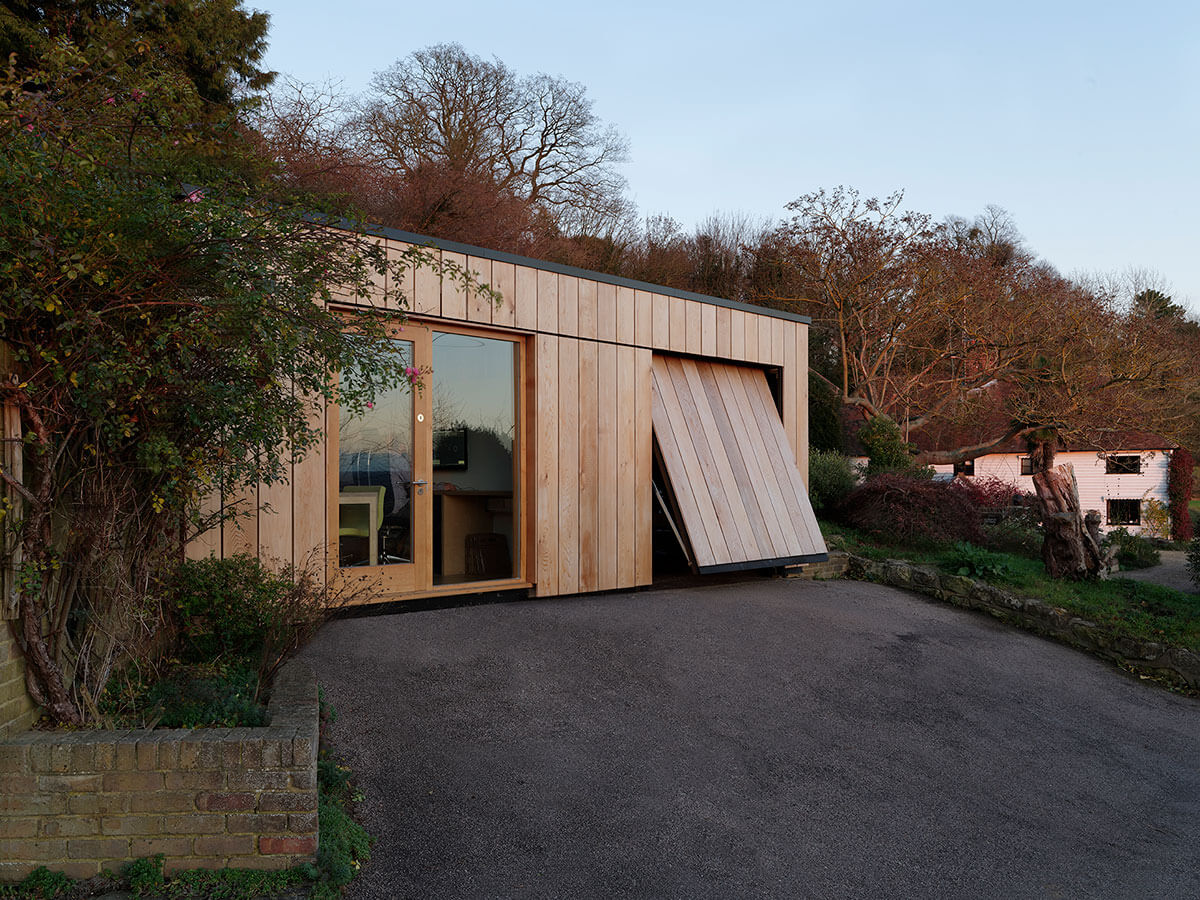What Are Householder Permitted Development Rights?
Understanding Householder Permitted Development Rights in the UK

Feeling overwhelmed by the UK’s planning system? You’re not alone. Between planning permission, conservation area rules, and building regulations, it can feel like a maze. The good news is that Householder Permitted Development Rights (PD Rights) exist to simplify things. These rights allow many homeowners to extend or adapt their homes without the stress of submitting a full planning application.
In this guide, we’ll break down what PD Rights are, what you can (and can’t) do, and why it’s always worth getting expert advice before you start knocking down walls or sketching up plans.
So, What Exactly Are Permitted Development Rights?
In simple terms, permitted development rights are a set of national planning rules that allow homeowners to carry out certain types of work without applying for planning permission. They were established under the Town and Country Planning (General Permitted Development) (England) Order 2015, and they’re designed to streamline everyday home improvements.
Think of them as a set of “pre-approved” changes that councils have already agreed are acceptable—provided you stick within the rules.
But here’s the catch: PD Rights aren’t the same for everyone. The type of property you own, where it’s located, and even whether your council has restricted these rights can all affect what you’re allowed to do.

What Can You Do Under Permitted Development?
There are several common projects that typically fall under PD Rights:
- Side and Rear Extensions
You can often extend your home to the back or side without planning permission, so long as the extension doesn’t exceed certain height and depth limits. For detailed guidance, check the Planning Portal’s advice on extensions. - Loft Conversions
Many lofts can be converted into bedrooms, offices, or playrooms under PD Rights, provided the increase in roof volume is within set limits. Dormer windows can usually be added too, as long as they don’t face the highway. - Outbuildings
Garden offices, gyms, and sheds have become increasingly popular. Under PD Rights, you can often add one of these, provided it’s not too large or too close to your boundary. More detail here: Planning Portal – Outbuildings. - Roof Alterations
Roof lights, skylights, and modest dormers are typically allowed under PD, giving dark attics a new lease of life. - Porches
Small porches at the main entrance of your house are often covered by PD Rights, as long as they stay within set size restrictions.

Where Do Permitted Development Rights Not Apply?
Not every home benefits from PD Rights in the same way. There are tighter rules—or sometimes no PD Rights at all—if your property is in:
- A Conservation Area
- An Area of Outstanding Natural Beauty (AONB)
- A National Park
- The Broads
- A World Heritage Site
If you own a listed building, PD Rights do not apply to extensions or alterations that affect the character of the building. You’ll need Listed Building Consent instead.
On top of this, local councils can use something called an Article 4 Direction to remove PD Rights in specific neighbourhoods, often to preserve local character.

Key Conditions and Limitations
Even if your project seems straightforward, there are important conditions to keep in mind:
- Size & Scale: Extensions must not exceed certain dimensions in height, depth, or distance from the boundary.
- Design & Appearance: The materials used should be “similar in appearance” to the existing property.
- Impact on Neighbours: Some larger extensions require a Neighbour Consultation Scheme, where adjoining homeowners are notified and can raise concerns.
- Front-facing Changes: Alterations visible from the street are more tightly controlled than those at the rear.
- Basements: Generally, basement extensions are not included under PD and require full planning.
Do You Need Permission at All?
Here’s the important bit: even if you don’t need planning permission, you should still apply for a Lawful Development Certificate (LDC).
An LDC is proof that your project is lawful under PD Rights. Without it, you may struggle when selling your home, as future buyers will want to see evidence that your extension or loft conversion was carried out legally.
To apply, you’ll need to submit drawings, details of the work, and sometimes structural calculations. The council will then confirm whether your project qualifies under PD.

Practical Tips Before You Start
- Double-check your rights: Use the Planning Portal’s interactive guides to see what applies to your home.
- Talk to your local council: If in doubt, call your planning department—they’re used to these queries.
- Hire the right professionals: An architect or interior designer experienced in PD projects (like our team at Felix Lewis Architects) can help you maximise space while staying within the rules.
- Consider the interiors too: Extending your home is one thing—but how will it feel inside? Sites like Dezeen and House & Garden are great for inspiration on how to turn that new space into something beautiful.
Final Thoughts
Householder Permitted Development Rights can be a brilliant way to improve your home without the stress of a full planning application. Whether it’s a new loft conversion, a sun-filled garden office, or a modest extension, PD Rights give you flexibility—but only if you follow the rules carefully.
At their best, they allow homes to evolve alongside their owners’ needs, balancing practicality with design. But because the rules can be tricky (and vary depending on where you live), seeking advice early is the safest way to ensure your project runs smoothly.
After all, home improvements should be exciting—not stressful. With the right guidance, you can make the most of your PD Rights and create a home that’s both functional and inspiring.
Let's Talk About Your Project
If you have a project in mind — or even just an idea — why not get in touch? We’d be happy to chat about how we can help you design something that works beautifully for your life and the planet.
Drop us a line at info@felixlewisarchitects.com, and let’s set up a time to talk.
